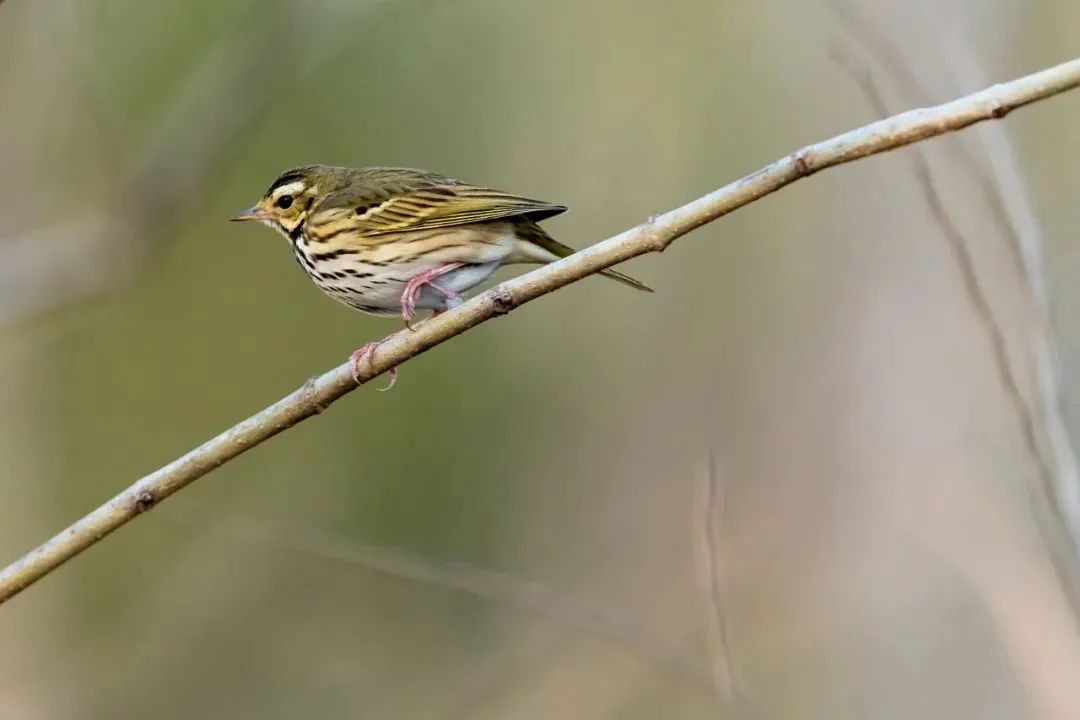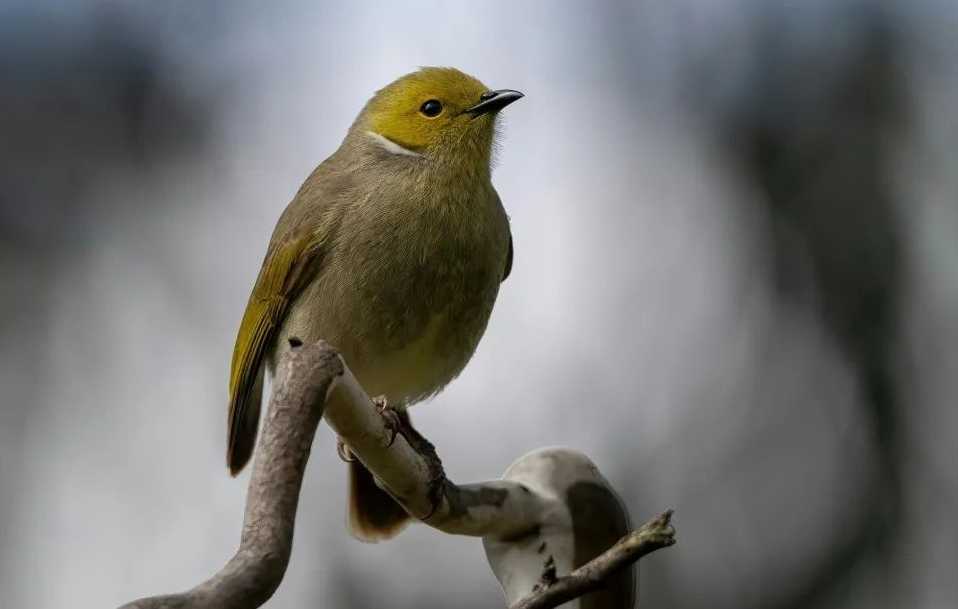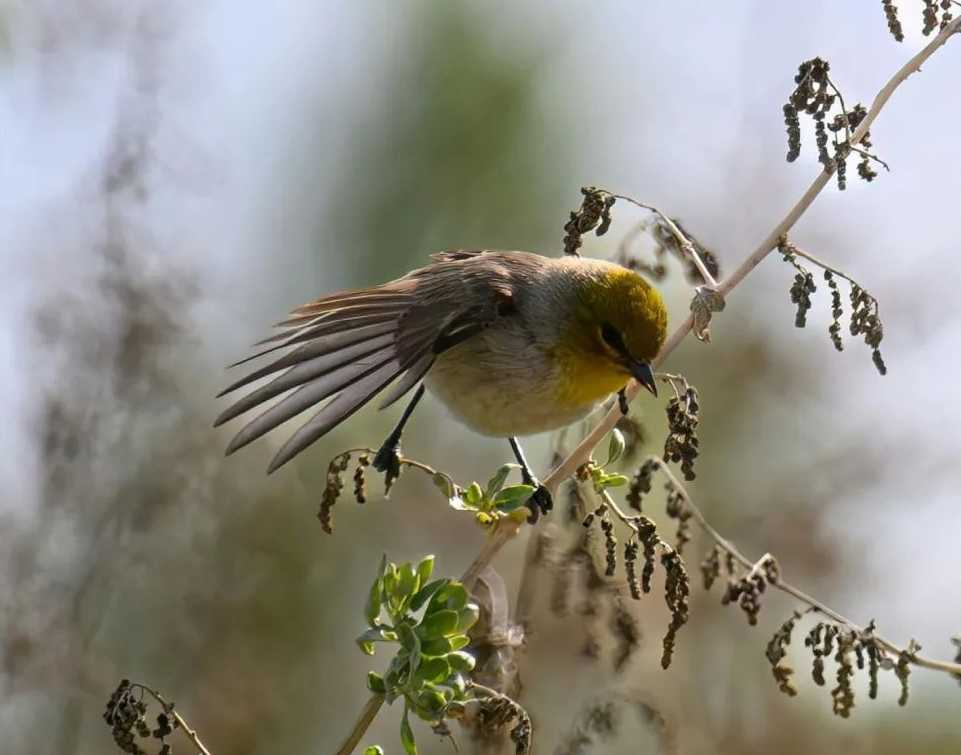Songbirds: Versatile Inhabitants of Diverse LandscapesSongbirds, the largest and most diverse group of birds, have adapted to thrive in a wide array of environments, from wooded forests and bustling villages to sprawling farmlands. Renowned for their melodious calls, these avian creatures showcase remarkable versatility in diet and habitat, making them a common yet captivating presence across the globe.
June 4, 2025, 4:15 pm EDT










